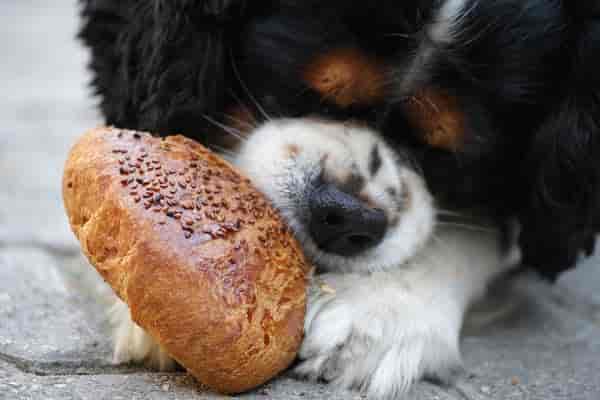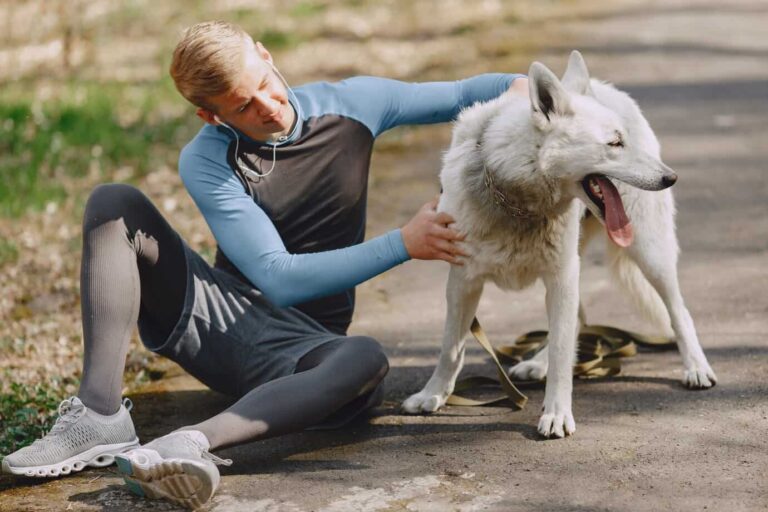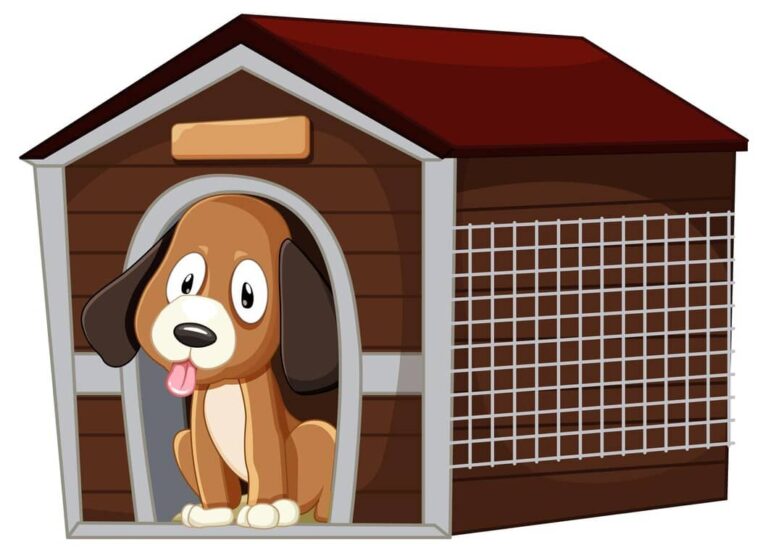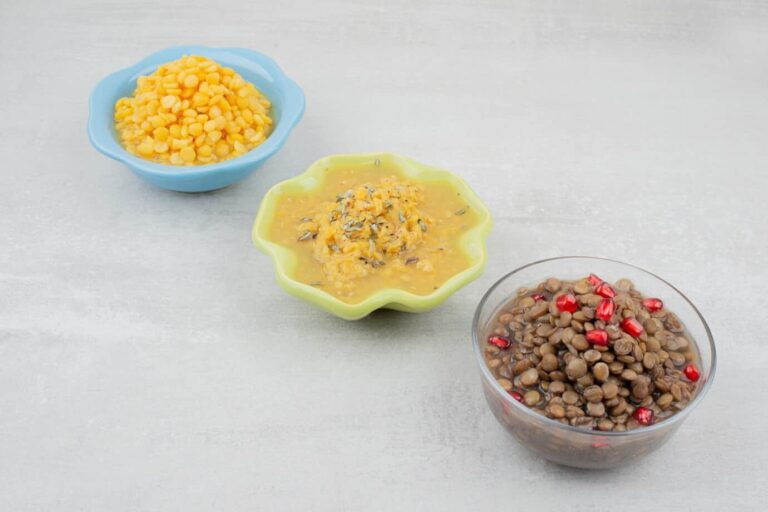© 2019 Khobish - Premium WordPress news & magazine theme by Xldevelopment.
A sudden change in diet can harm your puppy.
When your puppy is in the growth phase, he will need a well-balanced diet with proper nutrition value. However, changing the food suddenly can upset his stomach and can lead to diarrhea or other digestive problems.
That’s why, as a pup owner, you need to know when and how to transition puppy to new food. Don’t worry even if you don’t know how.
Because in this blog post, we will walk you through the whole process.
Choosing a Right Diet
The first step in knowing how to transition puppy to new food is to understand what diet will work for him. Make sure to pick food that’s healthy and has proper nutritional value. Take your time to read the label and talk to your veterinarian about what’s best for your pup.
A good rule of thumb is to look for a food that lists a high-quality protein source as the first ingredient, such as chicken, fish, or lamb. Also, check for the presence of whole grains, fruits, and vegetables as they provide essential nutrients for your puppy’s growth and development.
You should also consider your pup’s age, breed, and size when choosing a new food. Puppies have different nutritional needs than adult dogs, so you need to find food specifically made for puppies.
It’s also important to check if your furry baby has an allergy or sensitivity to a particular food. The following are some of the most common food allergies in dogs:
- Beef
- Chicken
- Chicken eggs
- Wheat
- Corn
- Soy
- Dairy products
Avoid food or ingredients to which your puppy has had allergic reactions in the past. If you are unsure about what food to avoid, consult with your veterinarian for advice.
You can also check out this guide published by the World Small Animal Veterinary Association (WSAVA). It dives a lot deeper into the nutritional value of dog foods and can help you choose the right food for your puppy.
Making a Gradual Transition
The key to a successful food transition is to go slow. A puppy that’s developing can’t adjust to a new food immediately and that can lead to vomiting, reduced appetite, or even diarrhea. The trick is to make your puppy get used to the new food gradually.
To start the transition, begin by mixing a small amount of the new food with the old food. Keep a ratio of 75% old food and 25% new food. For the next one or two weeks, keep increasing the amount of new food while decreasing the old food. Here’s a timeline to help you understand the process:
- Day 1-3: Mix 25% new food with 75% old food
- Day 4-6: Mix 50% new food with 50% old food
- Day 7-9: Mix 75% new food with 25% old food
- Day 10: Switch to 100% new food
Keep in mind that the transition period can vary depending on your puppy’s individual needs. Some puppies adjust to the new food sooner than others. That’s why it’s essential to monitor his reaction to the new food during this process.

If you notice any signs of stomach upset, such as diarrhea or vomiting, it’s best to slow down the transition process and take him to the vet for a check-up.
Helping Your Puppy Adjust
A gradual transition doesn’t always guarantee success, and challenges could arise along the way. For instance, some puppies can be picky eaters and may not like the new diet right away— while being unable to adapt, other pups may experience upset stomachs or other digestive issues.
Here are a few tips to help your puppy adjust to the new food:
Tip#1. Add Variations to the Diet
If your puppy is a picky eater, try adding a little bit of wet food or broth to make it more appealing. Try to introduce new flavors and ingredients gradually and see if there’s a food he likes. This will be beneficial in the long run as it will help your puppy get used to different tastes and textures.
Tip#2. Make the Mealtime Enjoyable
Try creating a positive and relaxed atmosphere to make mealtime enjoyable for your furry baby. Avoid distractions or other activities that may interrupt your puppy’s meal. You can also try adding some interactive toys or puzzles to mealtime to make it more enjoyable for your puppy. This will help your puppy focus on eating and may make the transition process easier.
Tip#3. Be Patient with Your Puppy
Lastly, remember that every puppy is different. Just because your neighbor Jason’s dog adjusted quickly doesn’t mean yours will do too. So, be patient and give your him time to get used to the new diet.
After the Transition
Many dog owners don’t know how to transition dog to new food or how important a healthy diet is to the puppy.
A healthy diet aids in your puppy’s growth and development. It’s directly connected to his overall health and well-being. That’s why it’s important to maintain a healthy diet for your puppy even after the transition. Monitor their weight and energy levels, and consult with your veterinarian if you notice any changes.
Bottom Line
Even if you didn’t know how to transition puppy to new food before, now you know what to do. Just take it slow and follow our tips to make the transition process smooth and stress-free. With a little bit of effort and patience, your puppy will adjust to their new diet in no time.











No Comments